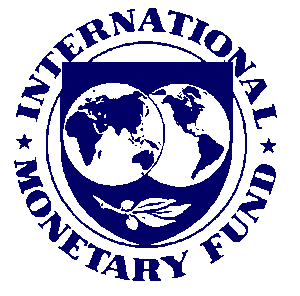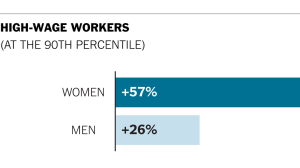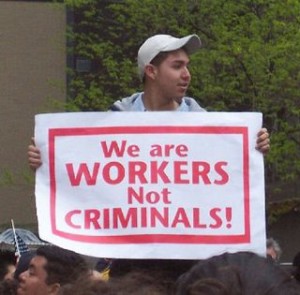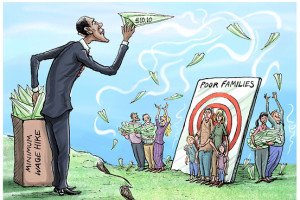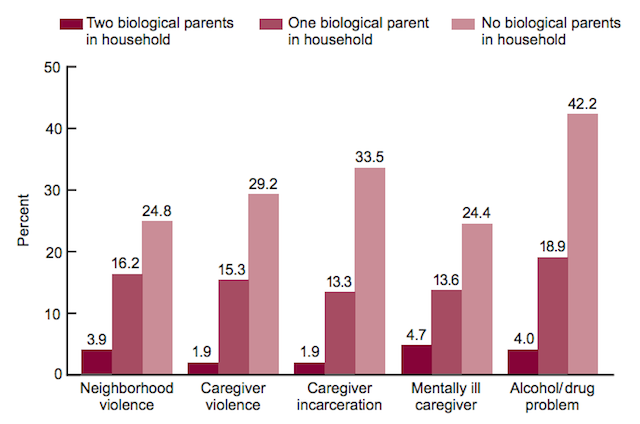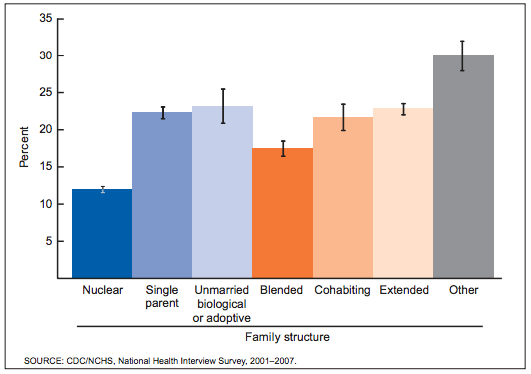Charles Kenney of the Center for Global Development has an excellent article in the Summer 2014 issue of the Breakthrough Journal (published by the Breakthrough Institute) on how international trade and innovation actually benefit everyone involved. He begins with a little history on the 19th-century Guano Islands Act, by which Americans were authorized to seize unoccupied islands filled with dry bat or bird poop. This was
at a time when guano was the world’s best fertilizer and source of saltpeter, a vital ingredient of gunpowder. Around 100 islands were claimed by the United States under the law, including Midway. And it wasn’t just the United States that scrambled for control of guano deposits: Peru, Spain, Bolivia, and Chile fought wars over them. That might have seemed reasonable at the time: everyone was desperate for the same source of nitrogen fertilizer. But in 1909, Fritz Haber developed a method of producing ammonia from nitrogen in the air, enabling chemists to manufacture fertilizer on an industrial scale. This new technology, the Haber process, provided the world with a less smelly and more widely replicable way to meet our nitrogen needs, slashing the strategic value of poop-covered real estate. Nonetheless, the Guano Islands Act remains on the books, representing a way of thinking about international relations that is as anachronistic as it is enduring: the idea that countries must compete for a set amount of resources, land, or wealth.
This fear-based approach to international relations fuels much of the isolationism and protectionism we see today. But Kenney argues that “the increasing success of emerging markets, in part the result of their adopting ideas and institutions pioneered by industrial economies, is binding the world’s countries together into ever closer relationships of mutual benefit.”
After reviewing the evidence, he concludes,
All of this suggests that we need to develop a new view of the international economy as a positive-sum game (to borrow from Financial Times columnist Martin Wolf), one that acknowledges that advances in wealth, technology, or wellbeing in one part of the world are likely to enhance rather than hurt prospects for progress elsewhere. Seeing the planet today through the decayed eyes of Malthus and Machiavelli — and framing engagement with developing countries as zero-sum — simply does not make sense in a non-rival, globally integrated world.
In our positive-sum world, cosmopolitanism and compassion increasingly align with self-interest. This is a far nicer situation than one in which the two conflict, and it is surely a leading reason to hope that the world will keep on becoming a better place to live. It’s time to shift our thinking about Asia, Africa, and Latin America, emphasizing cooperation and mutual gain rather than competition and fear. Thinking of the developing world’s growth in the 21st century as primarily a threat makes about as much sense as trying to run a modern empire on bird poop.
Check it out.

